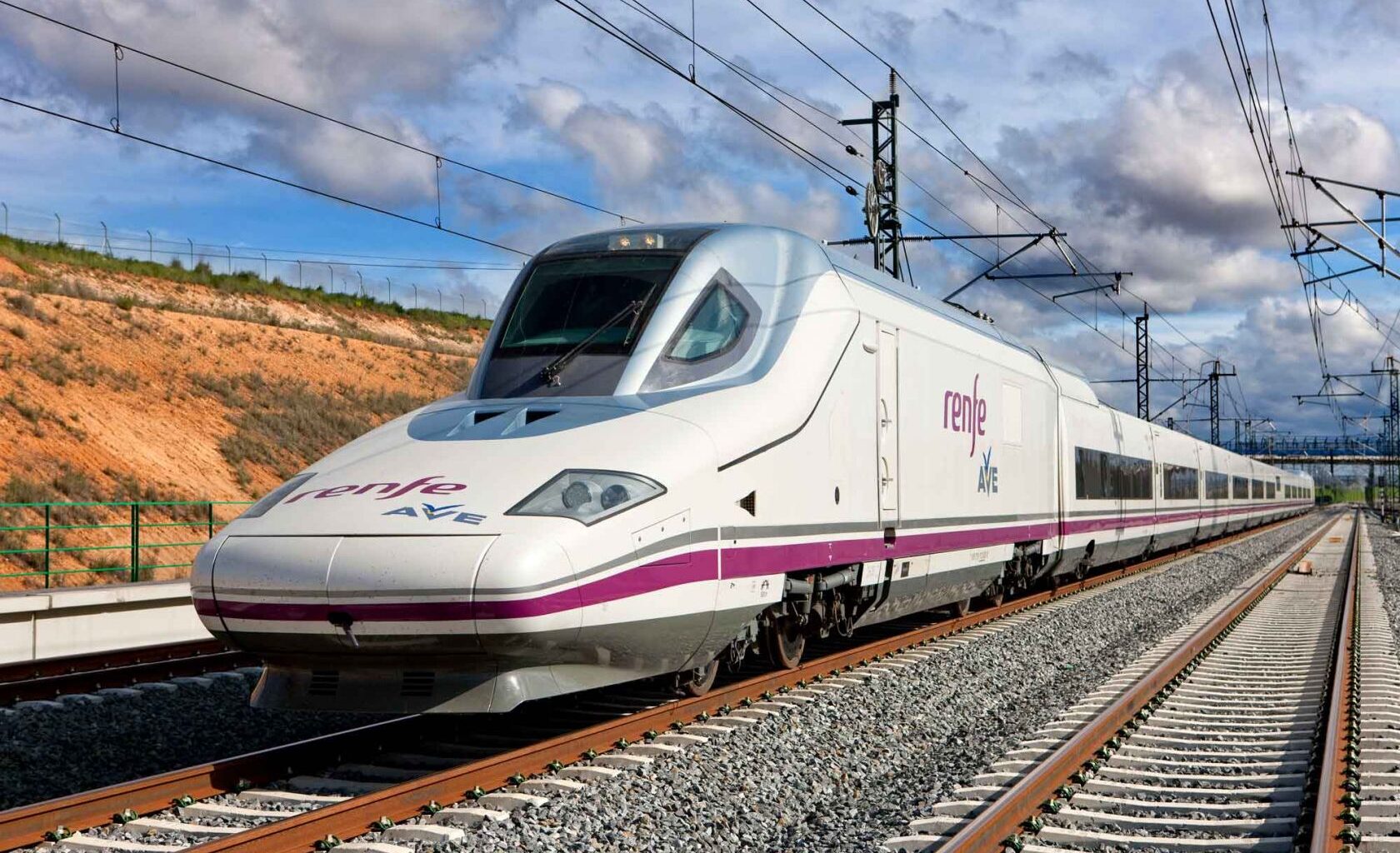RENFE are cleary the major rail operators in Europe, and they have developed leading trains capable of up to 330 kmh. RENFE’ s modern Talgo AVRIL fleet is designed for high-speed, cross-border travel, making it well-suited for the proposed night train services. These trains are capable of operating on different track gauges and power systems, facilitating international journeys without the need for time-consuming transfers.
Critically, most European rail operators concentrate on their domestic market. RENFE are planning to take the position of a Europe-wide high-speed network, and they have the means to do it. That includes Portugal.
The ability of the AVRIL train is its ability to cross borders and run on all European track widths and power systems. This has been a major hurdle due to the various track widths, supplies, etc that have developed over the years. Making a universal track system would take more years than you can imagine. The need for high-speed cross-border train services is urgent, as airport delays, crowding, long check-in times and crowded seating are making the alternative of fast overnight rail service a real attraction.
The game changer we have been waiting for.
The focus will be on night services. They plan to offer sleeper cabins, reclining seats, and dining facilities to enhance passenger comfort during overnight journeys.
Proposed Night Train Routes
1. Spain to France
Madrid to Paris: A direct overnight service connecting Spain’s capital to the French capital.
Barcelona to Lyon: Linking Catalonia’s capital to the French city known for its culinary heritage.
Barcelona to Marseille: Connecting the Mediterranean coast of Spain to southern France.
2. Spain to Italy
Madrid to Milan: An overnight journey connecting Spain’s capital to Italy’s fashion and design hub.
Barcelona to Rome: Linking Catalonia’s capital to Italy’s historic capital.
3. Spain to Germany
Madrid to Berlin: Connecting Spain’s capital to Germany’s vibrant capital city.
Barcelona to Munich: Linking Catalonia’s capital to Bavaria’s capital.
4. Spain to Belgium and the Netherlands
Madrid to Brussels: An overnight service connecting Spain’s capital to the political heart of Europe.
Barcelona to Amsterdam: Linking Catalonia’s capital to the Dutch capital.
5. Spain to Portugal
Madrid to Lisbon: Reviving the Lusitânia night train, this route will reconnect Spain’s and Portugal’s capitals.
Madrid will be the hub
Sadly, as yet, there is no mention of London, but reaching Paris is quick and simple. From Madrid, there will be a night train to Lisbon, and the track is almost finished. Many other European capitals are on the proposed routes, Rome, Berlin, Brussels, and Amsterdam, all with a direct high-speed route to Madrid. For English travellers, it will be a two-change route, Paris and Madrid, for most other countries, a single change in Madrid.
The Spanish rail authority, ADIF, has laid the foundations for a more dynamic, competitive, and user-centered railway future. Madrid is receiving an investment of more than 540 million euros to modernise their stations.
Travel and Tour World, a major tourism publication, summed everything up as follows.
RENFE’s proposed night train network represents a significant step towards enhancing sustainable travel options between Spain and Europe. By providing an eco-friendly alternative to short-haul flights, the project aligns with broader European initiatives aimed at reducing carbon emissions and promoting rail transport. However, its success hinges on securing government support, addressing infrastructure challenges, and ensuring market demand. If realized, this network could transform overnight travel in Europe, offering passengers a comfortable, efficient, and environmentally responsible way to journey across the continent.
Take the train, not the plane
RENFE’s announcement makes this ever nearer. Paris, Madrid Lisbon by ‘bullet train’ is now becoming a reality. Which seat would you like to travel on? If RENFE’s project goes ahead, you may soon have the choice.
Resident in Portugal for 50 years, publishing and writing about Portugal since 1977. Privileged to have seen, firsthand, Portugal progress from a dictatorship (1974) into a stable democracy.
Paul Luckman
Disclaimer:
The views expressed on this page are those of the author and not of The Portugal News.
